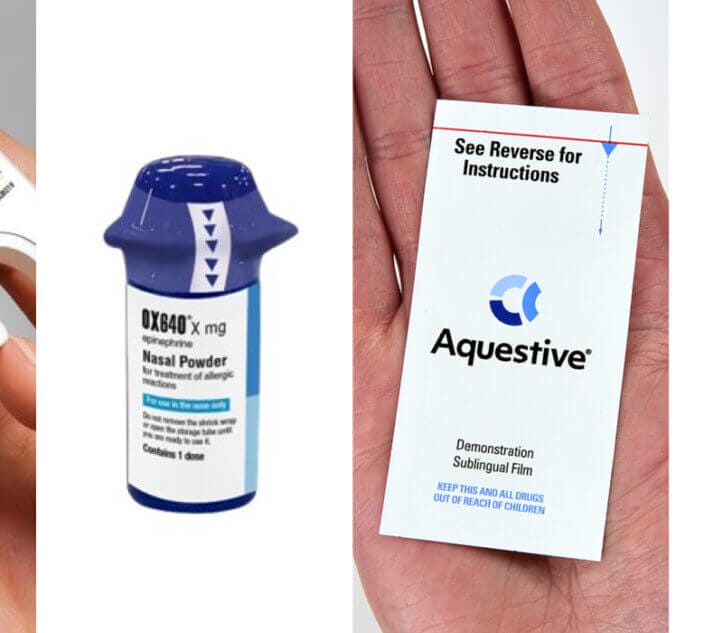The LEAP study, which found that feeding peanut to young infants with heightened allergy risk reduces the odds that a peanut allergy will develop by 70 to 80 percent, involved in-depth research on hundreds of children from infancy to 5 years of age. The results were published in The New England Journal of Medicine.
Key points of the LEAP study – from authors Dr. Gideon Lack and Dr. George Du Toit.
Study design: The study design was based on previously conducted research that compared the rate of peanut allergy in Israeli children, who ate peanut products regularly from an early age, to Jewish children living in the U.K., who often avoid peanuts early on. The rates of allergy were much lower in the Israeli children, inspiring researchers to investigate further through the LEAP study.
Why some were excluded: Studies suggest that infants who test with a wheal (or hive) of more than 4 mm are likely peanut-allergic, explained Du Toit. Since the LEAP study was designed to look at prevention of peanut allergy, not treatment, this group was excluded.
How children were fed peanut: Infants in the group that was fed peanut were given 2 grams of peanut protein, three times a week for the duration of the study. “That represents approximately the upper quantile (25 percent) of what we observed Israeli infants to be eating, so we thought that would be a good starting point,” said Lack. Following the Israeli study’s protocol, the LEAP group was also given an easy-to-eat peanut butter snack called Bamba (a puffed corn treat containing peanut) to introduce peanut.
Results: The difference in the study groups’ allergy levels was striking. “Consumption is switching off very high IgE (allergy antibody) production,” noted Lack at a AAAAI annual meeting press conference.
When to get your child tested: Researchers stressed the importance of peanut allergy testing for young kids with eczema because timing is key. “When we see early onset eczema now, we know you have to act rapidly; that there’s a narrow window of opportunity,” Du Toit told Allergic Living.
Applications to populations outside the U.K.: The study involved Caucasian, mixed, South Asian, and Black participants and the results were consistent across all groups. “It’s reassuring to us that you can probably extrapolate that data to other populations in the world,” said Du Toit.
Connection to other research: But what about that study that showed that at-risk kids can be sensitized to peanut in household dust through the skin? “High environmental exposure to peanut, such as is expected when peanut is eaten in a household, is of low risk to infants who are simultaneously eating peanut, such as occurred in the LEAP study,” explained Du Toit.
“It is environmental peanut exposure, on inflamed skin (i.e. eczema), in the absence of simultaneous peanut ingestion, that we believe is a significant risk factor for the development of peanut allergy,” he said.
Going forward: “The question of whether the participants who consumed peanut would continue to remain protected against the development of peanut allergy even after prolonged cessation of peanut consumption requires further study and is under investigation in the LEAP-On study (Persistence of Oral Tolerance to Peanut),” the authors wrote in this study. “Meanwhile, we’re learning that the earlier you treat, the better,” said Lack.
The families involved: Authors attribute much of the study’s success to the families involved. “The parents wanted to be treated as scientists … they wanted to understand the issues at stake and have an understanding and enthusiasm for the study,” said Lack.
Related links:
- Early Introduction of Peanut Protects Against Allergy, LEAP Study Finds
- Dr. Scott Sicherer: What LEAP Study Results Mean For You
- Experts debunk research misconceptions: LEAP Study: Reality Check






